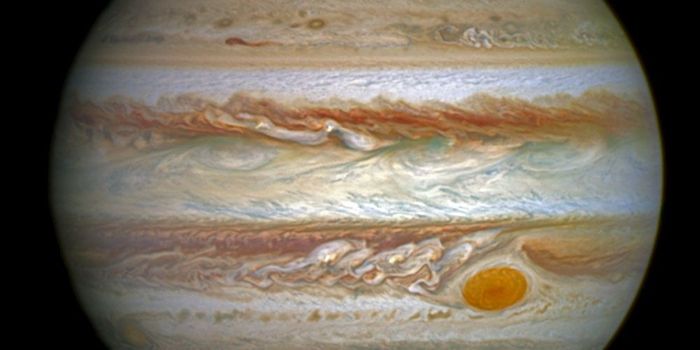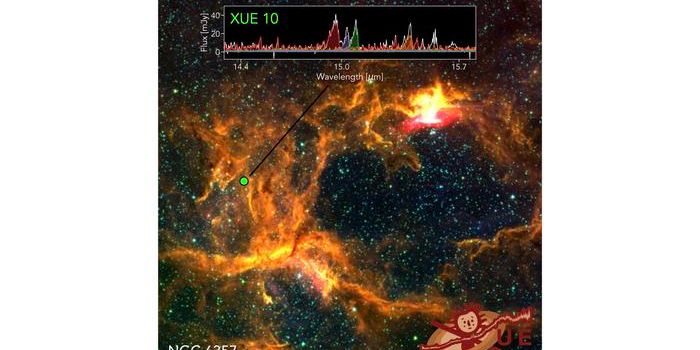ESO Captures Stunning New Infrared Image of Jupiter's Clouds
The European Space Observatory (ESO) has captured a really stunning image of Jupiter in the infrared light spectrum with its Very Large Telescope (VLT) ahead of next month’s Juno spacecraft arrival, 5 years in the making.
The new image, which is one of many being presented by Leigh Fletcher of the University of Leicester in the United Kingdom, shows just how intense the swirling clouds of the massive gas planet really are. You can see the stunning movement in still frame as they circle the globe.

Image Credit: Leigh Fletcher/ESO
The European Space Observatory’s most important reason for grabbing this photograph was to help the Juno mission in the months to come by helping to map the planet’s atmosphere in high resolution.
“These maps will help set the scene for what Juno will witness in the coming months,” Fletcher said in a statement. “Observations at different wavelengths across the infrared spectrum allow us to piece together a three-dimensional picture of how energy and material are transported upwards through the atmosphere.”
Of course, it’s only a start, because when Juno finally approaches the planet to attempt its orbit insertion, Juno is surely going to be snapping some crystal clear photographs of Jupiter and transmitting them back to Earth. These will look very different than when you’re seeing in the infrared image above.
Juno will attempt to peer through those clouds that you see in the image, and try to gather as much information about the composition of Jupiter’s atmosphere as possible. It will be gathering information about chemical content, pressure, and even look for traces of water vapor.
The Juno team doesn’t even know if the orbital insertion plan is going to work because Jupiter is such a massive and violent planet with strong gravitational forces and high amounts of radiation, but it’s certainly worth a try to see the planet of close.
Without a doubt, Juno is going to be this year’s New Horizons and will make headlines once it reaches its destination and strikes new milestones for solar system observation.
Source: European Space Observatory








